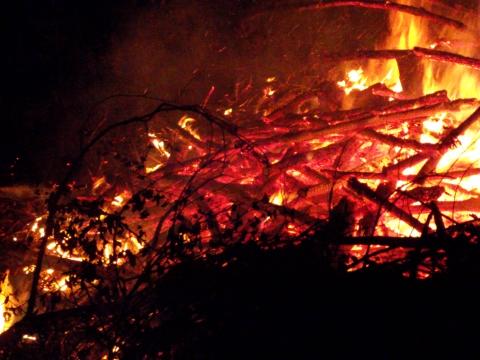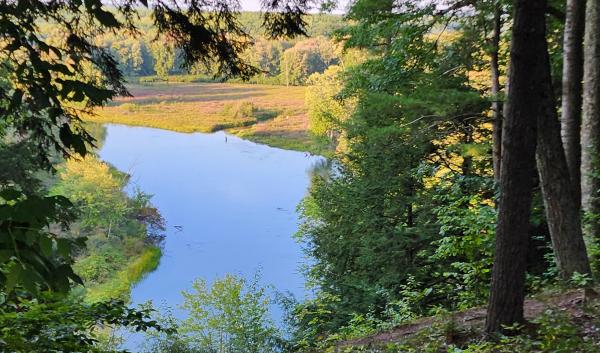A common challenge in climate change adaptation is translating broad concepts into specific, tangible actions. Because there is no single adaptation action that fits every situation, adaptation “menus” have been developed to organize adaptation options for numerous topics in natural resources. These menus demonstrate how to move from conceptual adaptation ideas to specific actions that express the intention of selected actions.

Adaptation menus are organized in a tiered structure of strategies, approaches, and example tactics. Land managers and stewards can use the menus to help identify the adaptation actions that are most suitable for their situation based on their unique project conditions and goals. Although menu items can be applied in various combinations to achieve desired outcomes, not all items on the menu will work together or work in every ecosystem.
The Adaptation Strategies And Approaches Can Provide:
- A full spectrum of possible adaptation actions that can help sustain healthy ecosystems and achieve management goals in response to climate change
- Opportunity to inspire thinking and spur brainstorming for adaptation planning
- A menu of adaptation actions from which managers select actions best suited to their specific management goals and objectives
- A platform for discussing climate change-related topics and adaptation methods
- Examples of tactics that could potentially be used to implement an approach, recognizing that specific tactics will be designed by the land manager
The adaptation strategies and approaches do not:
- Make recommendations or set guidelines for management decisions It is up to the land manager to decide how this information is used
- Express preference for any strategies or approaches within an ecosystem type, location, or situation. Rather, a combination of location-specific factors and manager expertise is needed to inform the selection of any strategy or approach
These resources were designed for the Midwest and Northeast U.S., and are a product of a synthesis of academic literature and widespread input from the management community. However, these tools may be useful in other regions as well.
Learn about climate adaptation concepts
The concepts of resistance, resilience, and transition serve as the fundamental options for land managers to consider when responding to climate change. The Northern Institute of Applied Climate Science and partners have translated these broad concepts into tangible strategies and approaches relevant to natural resource management and planning with the development of topical menus of adaptation strategies and approaches. Each menu builds upon the climate adaptation concepts of resistance, resilience, and transition, described by Millar et al. (2007).
Browse Topical Adaptation Menus
-
Forest Adaptation Menu

This menu provides adaptation strategies, approaches, and tactics for forested ecosystems.
-
Forest Carbon Management Adaptation Menu

This menu provides adaptation strategies, approaches, and tactics for carbon management in forested ecosystems.
-
Tribal Adaptation Menu

This menu provides adaptation strategies, approaches, and tactics for tribal communities.
-
Urban Forests and Human Health Adaptation Menu

This menu provides adaptation strategies, approaches, and tactics for urban communities and human health.
-
Forested Watersheds Adaptation Menu

This menu provides adaptation strategies, approaches, and tactics for forested watersheds.
-
Non-Forested Wetlands Adaptation Menu

This menu provides adaptation strategies, approaches, and tactics for non-forested wetlands.
-
Wildlife Adaptation Menu

This menu provides adaptation strategies, approaches, and tactics for wildlife management.
-
Outdoor Recreation Adaptation Menu

This menu provides adaptation strategies, approaches, and tactics for outdoor recreation.
-
Great Lakes Coastal Adaptation Menu

This menu provides adaptation strategies, approaches, and tactics for coastal ecosystems in the Great Lakes region.
-
Inland Glacial Lakes Fisheries Adaptation Menu

This menu provides adaptation strategies, approaches, and tactics for fisheries management at inland glacial lakes.
-
Agriculture Adaptation Menu

This resource includes an agriculture focused adaptation workbook and a menu providing adaptation strategies, approaches, and tactics.
-
Fire Management Adaptation Menu

This menu provides adaptation strategies, approaches, and tactics for fire management.




